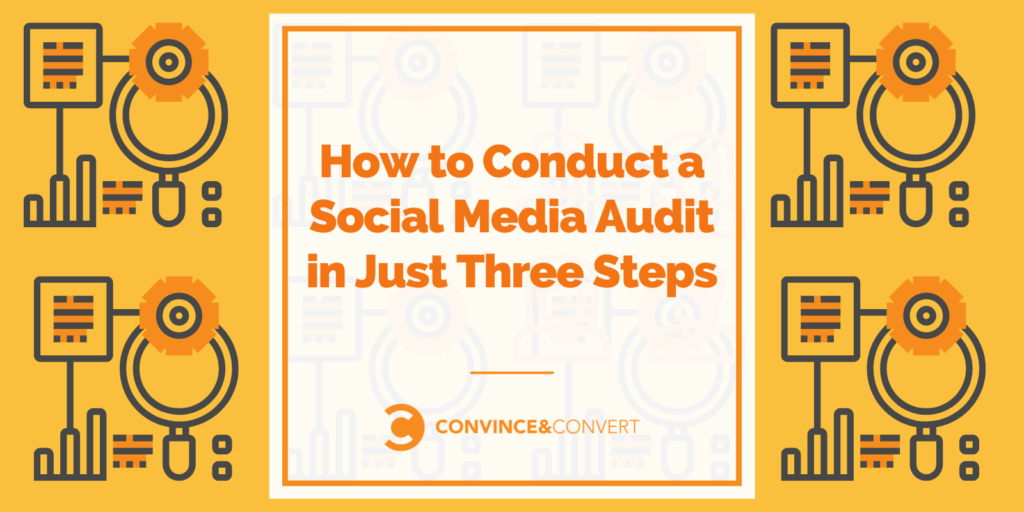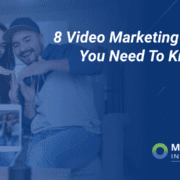How to Grow Sales With Content Marketing for Your Amazon FBA Business

Congrats, you’ve started an Amazon FBA business and are ready to hit the ground running! It’s a tough road ahead, but you know your market like the back of your hand.
It’s a crowded space with a lot of voices, and it’s easy for your product to fall to the bottom of the charts if you aren’t loud about it.
You need to adopt a solid content marketing strategy to maximize the eyes on your product. It’s easy to forget about in the hussle, but crucial to your short and long term sales goals for your Amazon business.
Here’s a video by Ahrefs.com to freshen up your content marketing knowledge:
Quick Takeaways:
- Companies spend A LOT (even too much) on advertising
- Content marketing is a sustainable way to create new traffic to your website
- Starting off strong can build your organic audience over time can be more efficient and better for your bottom dollar than exclusively using paid advertising
Here’s the rundown on how to get your Amazon FBA business seen with content marketing.
Start publishing original content ASAP
Paid advertising is great for a short term boost, but article publishing and blog creation helps boost long-term organic engagements from prospects and your current customers. On average, it takes about 3-4 months of consistent, quality content to see larger yield. One article per week is a solid start, but getting into a daily rhythm of publishing will give you the quickest result over a shorter period of time.

Source: Marketing Insider Group
This process is especially beneficial for businesses that expect their prospects to seek education and information before they purchase. Creating context about why they need your item and leading them to the conclusion is key.
For example, let’s say you sell party supplies on Amazon. Writing articles like Best Party Ideas for the Summer, or Party Decoration Tips from a Pro will lead prospects directly to your site, right where you’re selling what they need!

So what does quality content look like? Well if you’re looking for blogging advice, we’ve got you covered with our guide to the perfect blog post. But for good measure, here’s some quick pointers for publishing content on your website.
Keep your word count between 1000 – 1800 words
Google likes articles within this range. Too little or too many might keep your hard work from ranking where it should!
Know your keywords
SEO/SEM is most successful when you know what words are the most important to what you talk about. Back to our party favor example, words like party, favor, event, would likely contribute best to a higher ranking among similar articles.
Have a compelling meta description

Source: Kinsta.com
The hook is everything, right? Having a good description under your article title will be the blurb prospects read. If it’s boring or irrelevant to them, why would they click on your article?
Promote your content at the right place and the right time(s)
How’s your social media presence? If your answer is we have none or not great, chances are your visibility is low. Being plugged into your target communities builds brand recognition and trust with prospects.
While targeted ads are great (and necessary), online presence builds organic interaction on your content. With the open forum nature of social media, your customer base can leave comments on your articles and posts, boosting overall engagement.
How often should you be sharing your content?
Well, there’s a few factors to consider – like how frequently you’re publishing to your site and which platforms you’re posting on. Let’s assume you’re pushing out articles daily.
With Twitter, you can share multiple times a day. Twitter timelines burn through much quicker than other platforms, so oversharing isn’t as easy to do as say, Instagram or Facebook.
On more formal platforms like Facebook and Pinterest, once a day works just fine. Remember: the more time you put into cultivating an online community among your customers, the more views you will get on your articles.
Lastly, who can forget services like MailChimp and Constant Contact?! Creating subscriber lists out of customers and prospects that visit your site creates an easy line of communication. Sending out daily articles straight to their emails is a no-nonsense way of getting your information out there.
CruxFinder.com has a really awesome post about building a content calendar that can help you out too.
Use metrics to drive your strategy
Measuring success is subjective to each content strategy, and key metrics can be extremely different from each other. Do you want to have more overall clicks than last quarter? What about what happens after the viewer clicks your article – are they converting to a new customer? How many are/aren’t?
These are all just examples. Brainstorm what success in a content marketing campaign looks like to YOU. After all, it’s your Amazon FBA!
Here’s a few metrics to look at when measuring the success of your content marketing campaign:
Traffic:
Traffic is about pageviews and users. Services like google analytics can give you an accurate read of this data. It also helps you see exactly where your views are coming from.
Conversions:
Views are great, but what happens after the initial click? Is the reader just leafing through your website? Are they sharing it? Are they actually purchasing your product or scheduling your services?
Conversion rate shows how many prospects are becoming customers. This metric is the real shining gem of your content marketing efforts! Converting prospects should be your number one goal with content marketing.
SEO:
Seeing how your organic search rankings are performing is crucial to a healthy content marketing strategy. Keywords drive your content, because the higher you rank with keywords, the higher you are on Google’s search results. Be honest, when was the last time you clicked “page 2” on Google?
Luckily – there’s some Amazon-specific tools designed to help you analyze your key metrics and strategy.
JungleScout:
JungleScout is one of the most-used analytics tools for Amazon FBA businesses boasting an impressive 600,000+ membership number. Here you can analyze all the statistics we just talked about and gain access to live Q&A sessions with their industry professionals.
Marknology:
Marknology is a “brand accelerator”, meant to assist with your advertising metrics specifically. They also offer assistance with advertising campaigns and more for your business.
Helium10:
Helium10 is an all-in-one suite for Amazon sellers with powerful tools and product research methods. They offer assisted maintenance and blogging resources to give you an edge over the competition.
Wrap Up
While running a FBA is hard work, you’re selling it all short without an effective content marketing strategy. This isn’t a quick way to double your numbers, but a slow long-term play to gradually increase your conversions over time.
With consistency and patience, you can write and publish more than enough content to entertain your readers and get them on your team. By using these tips as the groundwork, you can rise to the top of the Amazon bestseller list and maximize your sales. Get to it!

Do you want to use some of the marketing strategies seen here on MIG’s site but need some help or advice? Marketing Insider Group has a team of 35+ experienced writers ready to produce content for YOUR business. Check out our weekly blog content service or schedule a free consultation.
The post How to Grow Sales With Content Marketing for Your Amazon FBA Business appeared first on Marketing Insider Group.
Did you miss our previous article…
https://www.sydneysocialmediaservices.com/?p=2225












